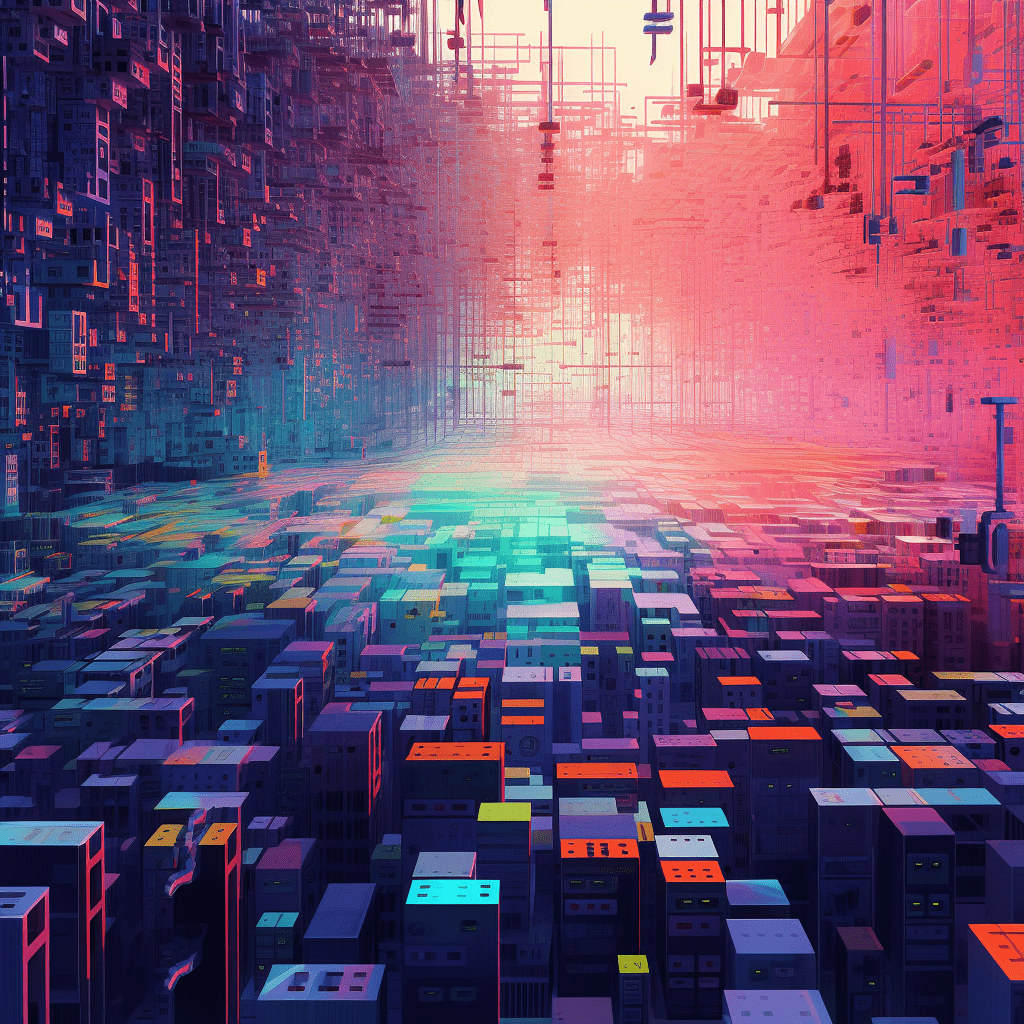As non-fungible tokens (NFTs) continue to expand and shape the digital landscape, there’s a never-ending stream of new concepts and buzzwords to keep up with. This article will delve into the latest NFT terminology trends, offering insights into emerging ideas and innovations. Staying informed ensures you can engage in conversations, make informed decisions, and appreciate the cutting-edge advancements in the world of digital art and collectibles.

On-Chain and Off-Chain Metadata
In the context of NFTs, metadata can be stored either on-chain (within the blockchain) or off-chain (using external servers). On-chain metadata ensures the information is permanently recorded and more secure. However, it is expensive and has limitations due to blockchain size constraints. Off-chain metadata, on the other hand, offers flexibility and scalability, but relies on third parties for storage, which may introduce some risk.
*Example: An NFT project stores its images and descriptions off-chain, allowing the project to scale more easily but depending on an external storage provider to maintain the data.
Token Curated Registries (TCRs)
Token Curated Registries (TCRs) are decentralized, community-curated lists of assets or services, maintained by token holders who evaluate and rank the items based on their value, quality, or relevance. TCR participants benefit from increased visibility and token rewards for their guidance, while the wider NFT community enjoys a trusted source of information for making more informed decisions.
*Example: A TCR focused on high-quality digital art, where collectors evaluate and rank new pieces based on their artistic merit, credibility, and value.
EIP-2981 Royalty Standard
EIP-2981 is a proposed Ethereum standard for providing a uniform way to handle royalties for NFT creators across different marketplaces and platforms. The primary goal of EIP-2981 is to ensure that artists receive fair compensation for their work, streamlining the royalty process for NFTs, and promoting transparency and interoperability across the ecosystem.
*Example: In a future where EIP-2981 is widely adopted, an artist is guaranteed consistent royalties across multiple marketplaces when their artwork changes hands.
NFT Vaults

NFT Vaults are decentralized platforms or smart contracts designed to allow users to securely store, share, or even stake their NFTs. These platforms may also offer various financial services such as NFT-backed loans, fractional ownership, and tokenizing the underlying value of a portfolio of NFTs.
*Example: An NFT vault that enables collectors to assemble their digital art pieces, share them publicly or privately, and potentially earn passive income by leasing or staking the assets.
On-Demand NFT Minting
On-demand NFT minting is an emerging practice that allows users to create an NFT upon purchase or request, rather than minting the NFT beforehand. This technique reduces upfront costs for creators and can lead to a more efficient and sustainable NFT market, as tokens are only created when there’s a demonstrated demand.
*Example: A music artist sells album NFTs using an on-demand minting platform, where the album NFT is only minted when a fan decides to buy it.
NFT Indices
NFT Indices are metrics or benchmarks that track and measure the performance of a group of NFTs, projects, or collections, providing insights into trends, average prices, and liquidity. Indices enable collectors and investors to assess the overall health of the NFT market and make informed decisions while balancing risks and exposure.
*Example: An NFT index that tracks the top 50 digital art pieces according to their market value, providing a snapshot of the high-end NFT art market’s performance.

As NFTs continue to evolve, the terminology and buzzwords surrounding the space will grow just as rapidly, uncovering new areas of innovation and exploration. As an engaged participant in the NFT world, it’s essential to stay informed
of these emerging concepts and trends, positioning yourself for success in this dynamic and ever-changing environment.
In conclusion, to thrive in the NFT ecosystem, it is crucial to stay informed and up-to-date on the latest terminology trends and emerging concepts. This article serves as a valuable resource for gaining insights into the innovative ideas and buzzwords shaping the future of digital art and collectible NFTs, empowering you to navigate the space confidently.